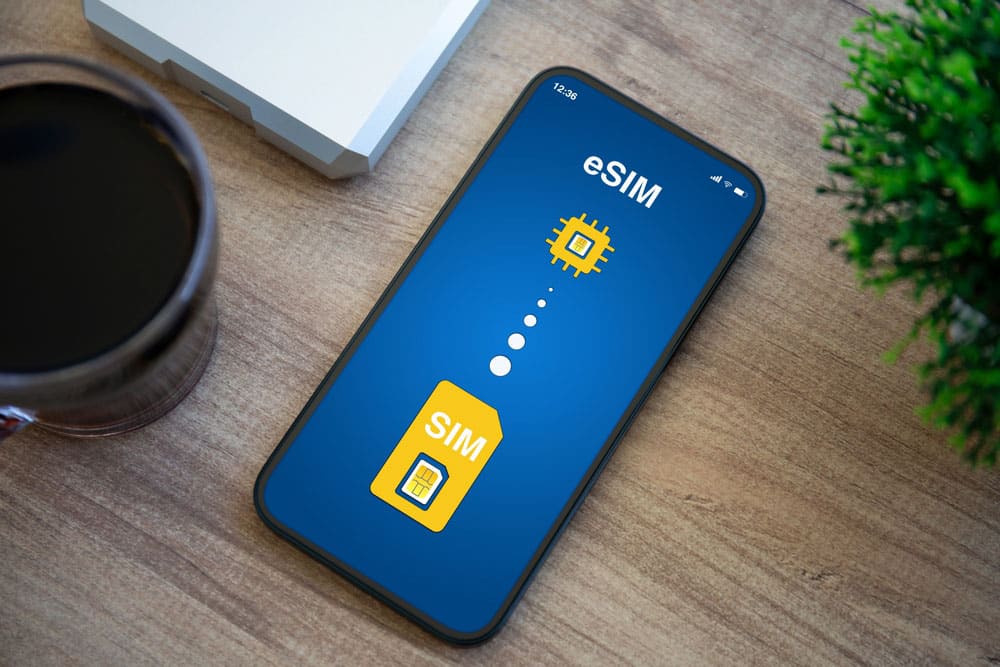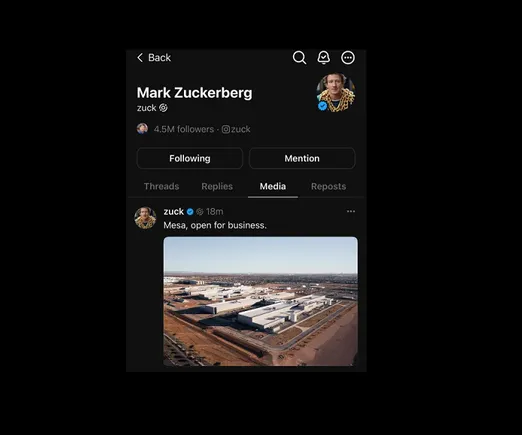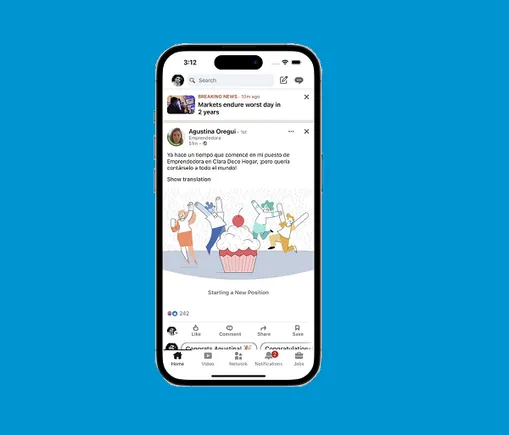Location-based marketing campaigns target consumers where they are and build community awareness and engagement. This sounds straightforward enough. However, there are several tricky aspects to navigating the local media landscape.
These include understanding communities’ unique challenges, adapting to local emerging trends and applying that knowledge to your strategy.
Here is a comprehensive, four-step guide to local marketing success.
Understanding the market landscape
“You can never understand your customer too well,” said legendary Proctor & Gamble CMO Jim Stengel. Local marketing requires going very deep on a (relatively) small group of people.
- Targeting local audiences: Differences in demographics, buying habits and culture mean differences in what local audiences like and how they behave. It’s a challenge to create messages that work for all of them. Start by analyzing community-specific data about purchasing patterns, popular products and lifestyle preferences. Focus groups can give qualitative insights to round out your data. Google Trends and local government statistics are also valuable tools for customer insight.
- Regional differences: Just because it worked in one region doesn’t mean it will work in another. Understanding these differences is essential. Don’t feature Yankee players in Boston or Red Sox players in NYC. Adjusting the message to fit what the audience likes can create strong connections. Coca-Cola’s global ‘Share a Coke’ campaign featured celebrities popular with a particular audience. The company changed its messaging to fit the language and culture of the targeted areas.
- Localized approach: Local media marketing requires hyper-targeted content and smaller-scale campaigns aligned to specific media consumption habits. Geofencing and surveys will help target audiences and find out their preferences.
Dig deeper: How to use micro-moments to capture customer intent in real-time
Challenges in local marketing implementation
Successful local media strategies combine message consistency, channel integration and precise timing. Tools like content calendars and collaborative platforms can help maintain consistency by organizing campaign details and facilitating communication.
- Developing a multichannel approach: Success comes from integrating social platforms, radio, newspapers, TV and influencer partnerships to deliver your localized message. A study found that businesses saw a 49% increase in conversion rates by employing four or more channels.
- Considerations for seasonality and community events: Tailoring campaigns to align with local holidays, seasonal changes, and community events is essential. For example, a business that specializes in accounting and tax preparation may begin advertising its services early in Q1 to get ahead of National Tax Day.
Agility and adaptability
Adaptation is critical to stay ahead in the dynamic landscape of local media marketing.
- Find and use trend opportunities: An agile marketing approach helps businesses quickly respond to local trends. For example, they can increase visibility for a pop-up event with immediate promotions. Tools that provide real-time tracking of trending topics make it easier to pivot and create relevant, localized content.
- Data-driven decisions create agile campaigns: Track performance through real-time advanced analytics to measure a campaign’s success. Do this daily to optimize your efforts.
Emerging trends and innovation
Technological innovations drive new local media campaigns and let them maintain a personal touch using customized strategies.
- Adopt geotargeting and AI: Geotargeting tools, like Google Ads location targeting, help businesses create area-specific content. AI analytics provide insights into audience behaviors, improving messaging and predicting consumer preferences. Most search engines show results based on the user’s location, and about 42% of local searchers click on Google Maps Pack results. These tools can optimize campaign timing and messaging.
- Balance automation with authenticity: Programmatic advertising makes managing campaigns easier. However, businesses need personalized messaging to connect with local communities and build stronger relationships with their audience.
Local media marketing requires a mix of strategy, flexibility and creativity with proactive optimization throughout a campaign. Businesses can effectively engage local audiences and drive results by understanding regional differences, maintaining cohesive brand messaging, and leveraging emerging technologies.
Dig deeper: How NC Fusion executed its campaign to help girls stay involved in sports
Contributing authors are invited to create content for MarTech and are chosen for their expertise and contribution to the martech community. Our contributors work under the oversight of the editorial staff and contributions are checked for quality and relevance to our readers. The opinions they express are their own.
































































